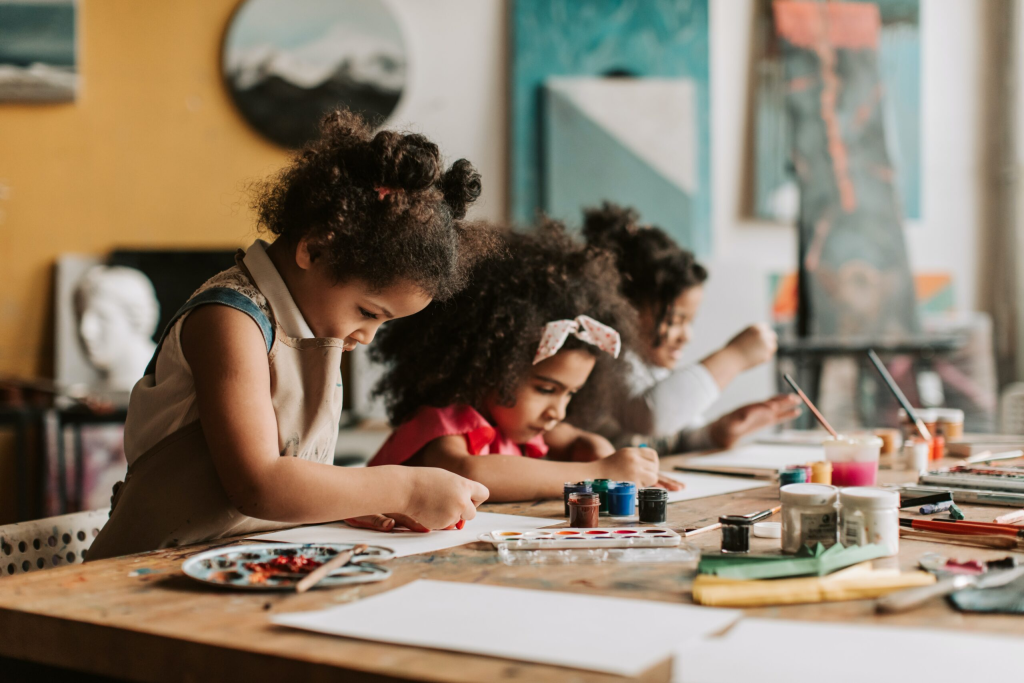1. Introduction to Children’s Art Classes
Children’s art classes are structured programs designed to provide young individuals with opportunities to explore creative expression and develop foundational artistic skills. These courses typically focus on age-appropriate activities that encourage imagination and skill development in a supportive environment.

2. Educational Framework and Approach
These programs generally employ established educational approaches that balance technical instruction with creative exploration. Classes are typically organized by age groups to ensure developmental appropriateness, with activities matching children’s cognitive and motor skill levels.
3. Curriculum Components
A standard curriculum includes introduction to various artistic media such as tempera paints, watercolors, clay, collage materials, and drawing implements. Instruction covers fundamental concepts including color theory, basic composition, and texture exploration through hands-on activities.
4. Skill Development Objectives
Art programs aim to develop multiple competencies including fine motor skills through brush and pencil control, visual-spatial awareness through composition exercises, and decision-making skills through material selection and creative problem-solving.
5. Class Structure and Environment
Sessions typically follow a consistent structure beginning with demonstration, followed by guided practice, and concluding with clean-up activities. Classes are conducted in spaces designed with child-sized furniture, adequate lighting, and appropriate ventilation to ensure comfort and safety.
6. Instructional Methodology
Teaching approaches emphasize process-oriented learning rather than product-focused outcomes. Instructors provide age-appropriate guidance while encouraging individual expression and experimentation with materials and techniques.
7. Safety Protocols and Materials
Programs implement specific safety measures including the use of non-toxic, washable materials approved for children’s use. Protocols typically include proper material handling procedures and maintenance of clean workspaces to ensure a safe learning environment.
8. Educational Benefits
Participation in art education can contribute to development in multiple areas including enhanced visual literacy, improved hand-eye coordination, and strengthened problem-solving abilities. These programs also provide opportunities for self-expression and cultural awareness.
9. Parental Involvement and Communication
Many programs maintain regular communication with parents through progress updates and occasional exhibitions of student work. Some include opportunities for family participation in special events or collaborative projects.
10. Instructor Qualifications and Training
Art educators typically possess relevant background in art education, child development, or related fields. Many instructors maintain current certification in pediatric first aid and receive ongoing training in educational best practices.
11. Program Limitations and Realistic Outcomes
While art education provides valuable learning experiences, individual results vary based on each child’s engagement, developmental stage, and frequency of participation. Programs make no specific guarantees regarding skill acquisition levels or artistic outcomes.
12. Conclusion
Children’s art programs offer structured opportunities for creative exploration and skill development within a supportive educational environment. These programs maintain focus on age-appropriate artistic experiences while emphasizing safety, individual expression, and educational development.
